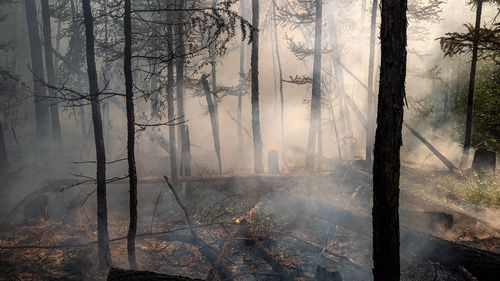The phenomenon, called Arctic amplification, is caused by the heat-trapping emissions from burning fossil fuels.

Another problem: climate models, which scientists used to predict long-term change, are not capturing this high rate of warming, lead author and researcher Dr Mika Rantanen told CNN, which was part of this study’s motivation.
That’s concerning because if the models can’t recreate what’s happening right now, scientists can’t be confident in their long-term predictions.
“Because of this discrepancy, we decided that this needs to be corrected,” Rantanen said.
“This needs to be updated.”
The authors found the rate of warming was particularly high in the Eurasian region of the Arctic, especially the Barents Sea, which has warmed seven times faster than the global average.

Climate change has triggered a rapid loss in sea ice in the Arctic region, which in turn has amplified global warming.
Bright white sea ice reflects solar energy back to space, but when it melts, the dark ocean absorbs that heat.
John Walsh, chief scientist at the International Arctic Research Centre in the University of Alaska Fairbanks, said the study’s timeframe homed in on the Arctic amplification phenomenon, which has been more significant in the past several decades than the early and mid-1900s.

“The Arctic amplification is unmistakable,” Walsh, who is not involved with the study, told CNN.
“It’s more than a factor of one; it’s a factor of several — whether it’s two or three or four — and I think that doesn’t change the fact that the Arctic is warming faster than the rest of the world.”
“The Arctic is really more sensitive to global warming than previously thought,” Rantanen said.
“Only time will tell. Let’s see how this will evolve in the future.”









